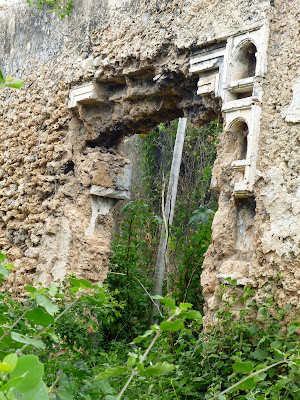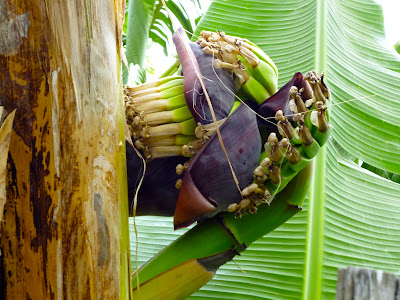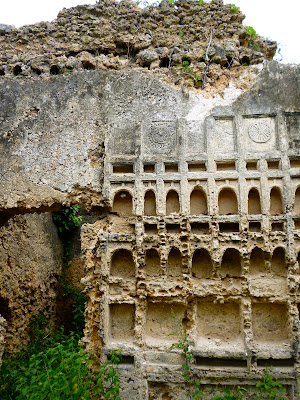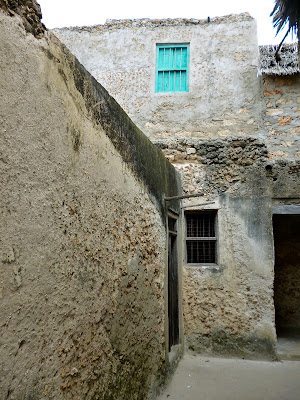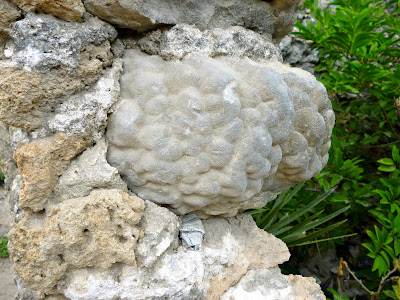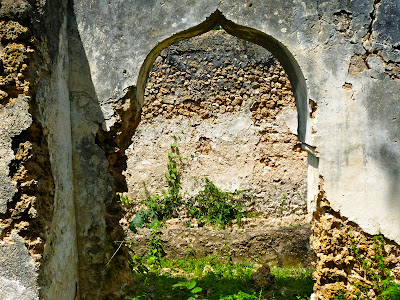I was invited to fly on the plane that is documenting the cattle crisis a few days on the recent trip. We literally herded cattle away from water and pushed herds together to make it a living hell for the Somalis on the ground to separate the herds. Here are some snaps of that adventure, not recommended for tourists. This post may need to come down for obvious reasons....enjoy while it's up.
 |
| Refueling the plane after flying from Manda to Amu (15 minutes). |
 |
| The nubs on this tree are highly toxic and are scraped by indigenous people to apply on their spears for greater effect when hunting or making war. |
 |
| The "cemetery" tree at Amu Ranch. Buffalo. |
 |
| Giraffe. |
 |
| Warthog. |
 |
| Cattle on the march to the water. |
 |
| Herding them at 20 feet. |
 |
| That's zebra below with the shadow of our plane. |
 |
| More cattle. I am hanging out of the window trying to get a good shot with no idea when the plane will take a sharp turn or dive closer to ground. Iron stomach. |
 |
| Manda airstrip. |
 |
| Buffalo. |
 |
| Red duiker. Very rare to see one. |
 |
| More cattle. The lines on the land are from their movements in and out of Amu Ranch. |



